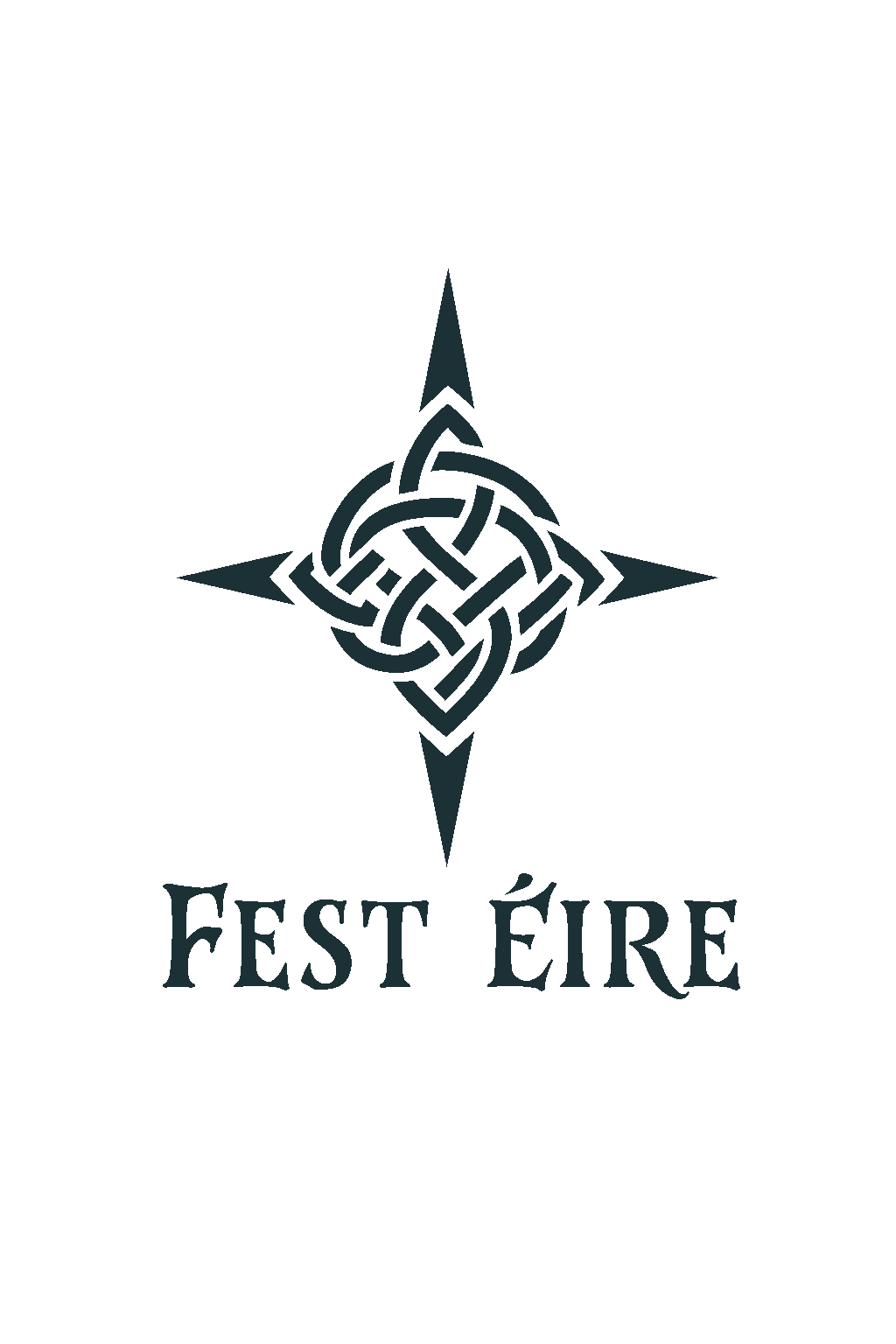St Brigid's Day
Every 1st of February, Ireland honours the spirit of St. Brigid, a symbol of hope, spring and renewal.
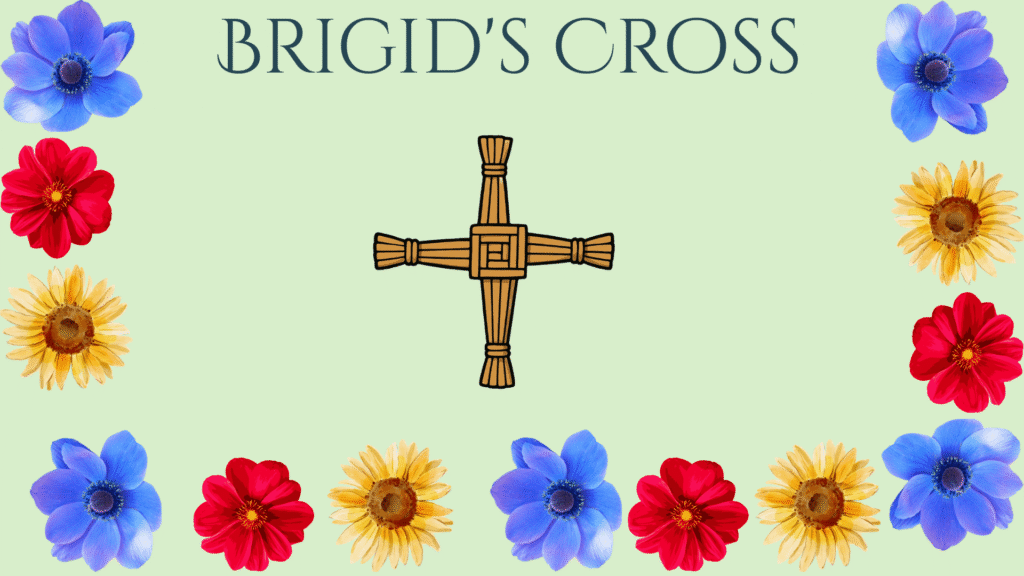
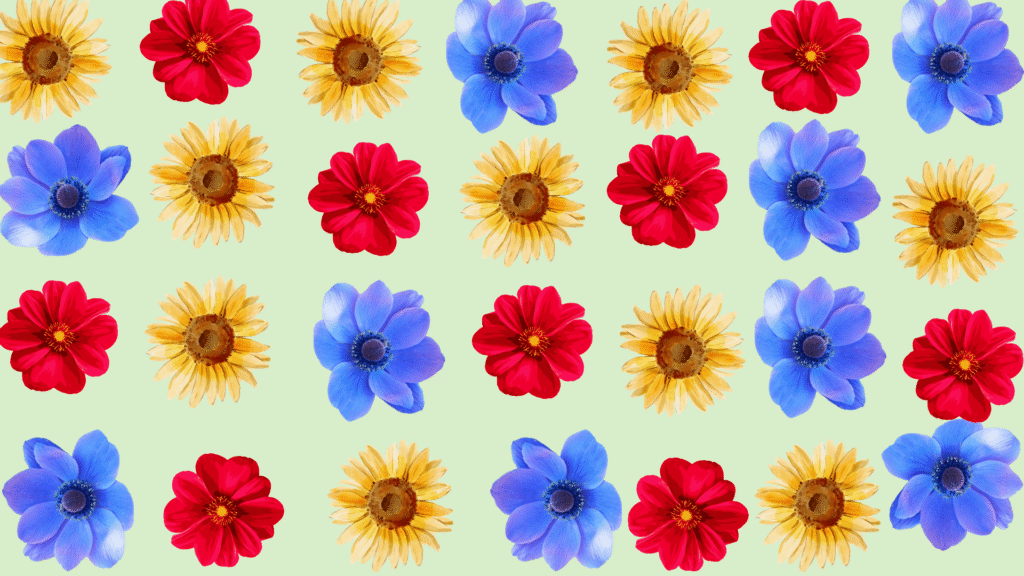
Along with St. Columba and St. Patrick, St. Brigid of Kildare is one of Ireland’s three patron saints. She was renowned for her hospitality, kindness, and strong Christian beliefs when she was born in the fifth century.
She established the well-known Kildare monastery, which developed into a hub for art, education, and religion.
She is frequently associated with poetry, healing, fertility, and the arrival of spring—themes that bind her to the ancient Celtic goddess Brigid.
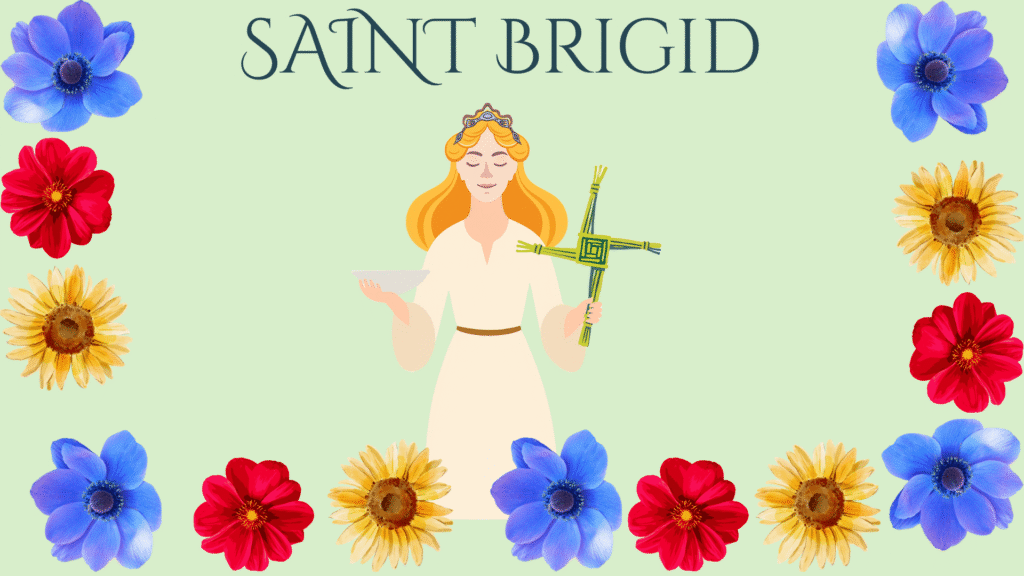
Who is St. Brigid?
The background of St. Brigid's Day
Every year on February 1st, which is the first day of spring according to the Celtic calendar, people commemorate St. Brigid’s Day. It coincides with Imbolc, an old pagan holiday dedicated to the goddess Brigid.
Many pagan customs blended with the worship of St. Brigid as Christianity expanded throughout Ireland. Consequently, St. Brigid’s Day evolved into a celebration of seasonal renewal as well as a religious feast.
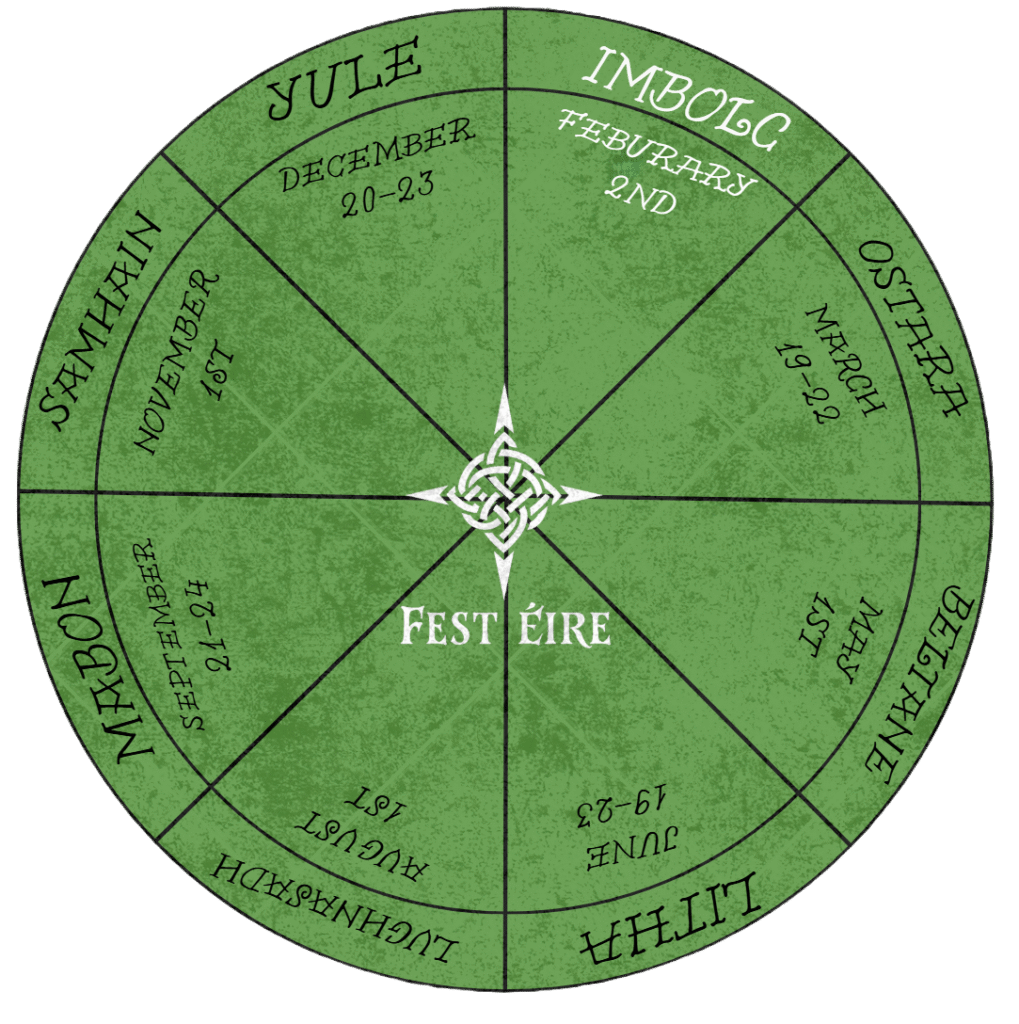
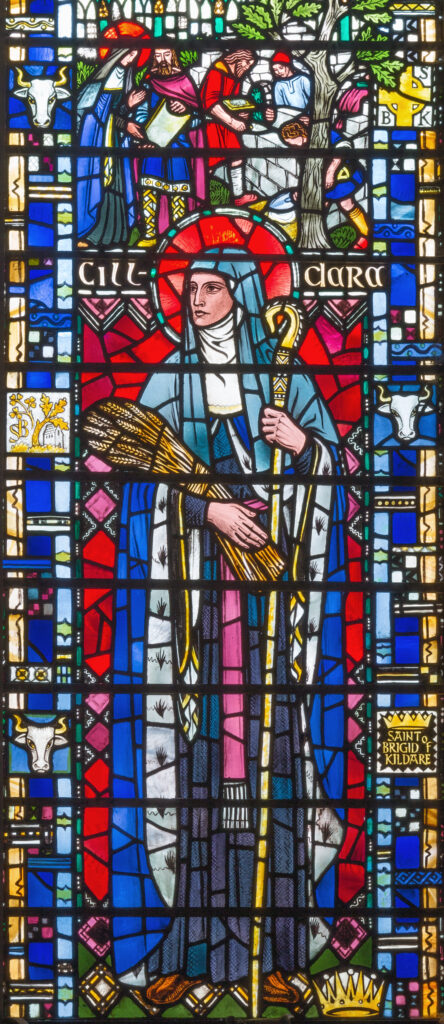
Before Christianity
The Pagan Festival of Imbolc
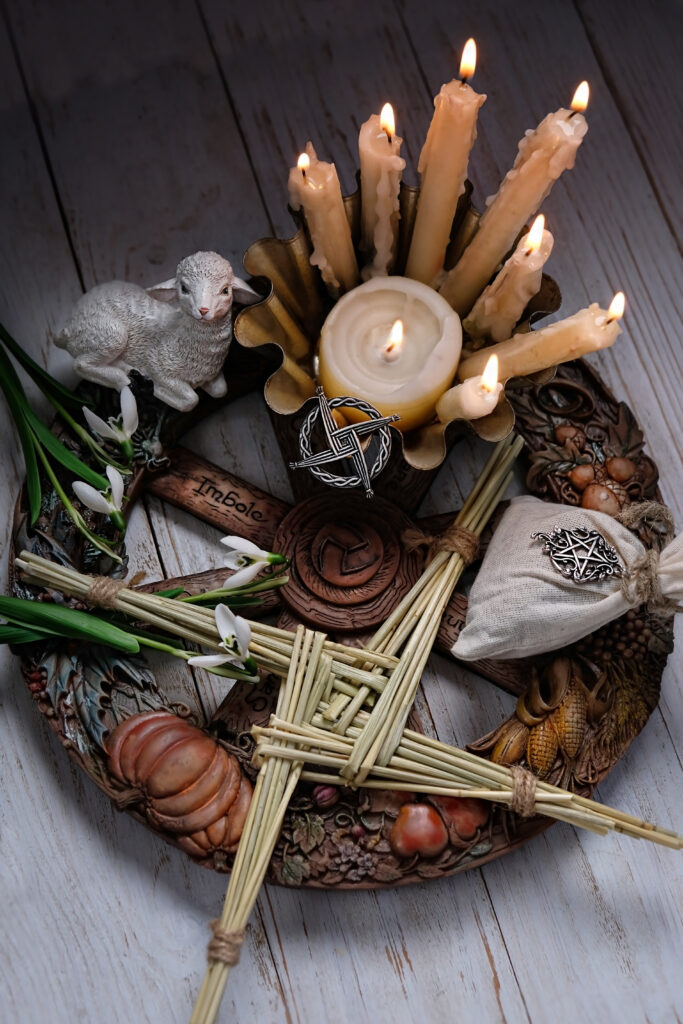
Prior to St. Brigid’s Day being a Christian holiday, Imbolc, one of the four main Celtic seasonal festivals, was observed on February 1st in ancient Ireland. The earliest indications of nature’s awakening were symbolized by Imbolc, which fell midway between the winter solstice and the spring equinox. It paid homage to the Celtic goddess Brigid, who is connected to smithing, poetry, fertility, and healing.
People visited holy wells, lit candles and fires to greet the lengthening days, and carried out customs to guarantee a successful harvest. Many of these practices eventually blended with the St. Brigid-centered Christian traditions.
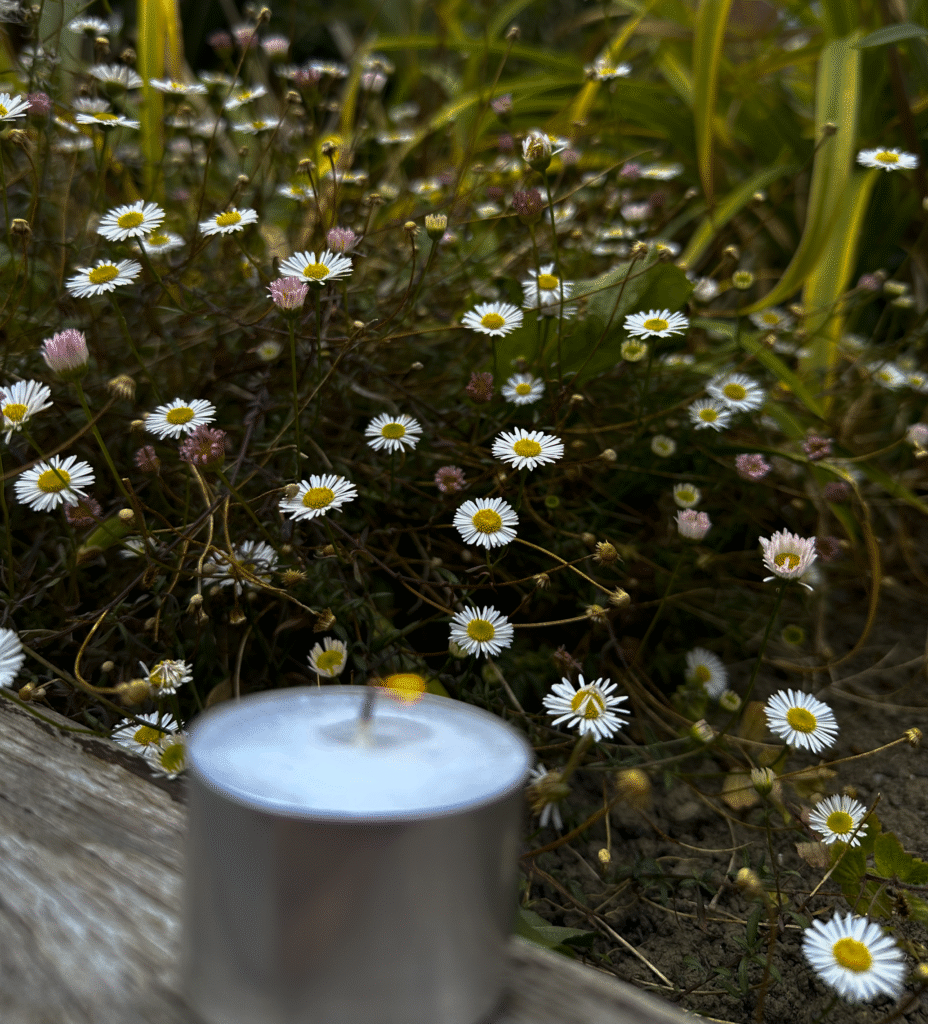
Stories and Legends
The Cloak Story
Legend has it that Brigid requested land from the King of Leinster so that she may establish her monastery. She requested as much land as her cloak could cover; when the king refused, she laid the cloak out on the ground, and it miraculously spread out to cover many acres. Astonished, the king gave her the land.
Brigid and the Poor
Legend has it that she helped those in need by donating her family’s food, milk, and even precious items.
The Healing Well
Many people think Brigid was able to use water from a sacred well to heal the sick.
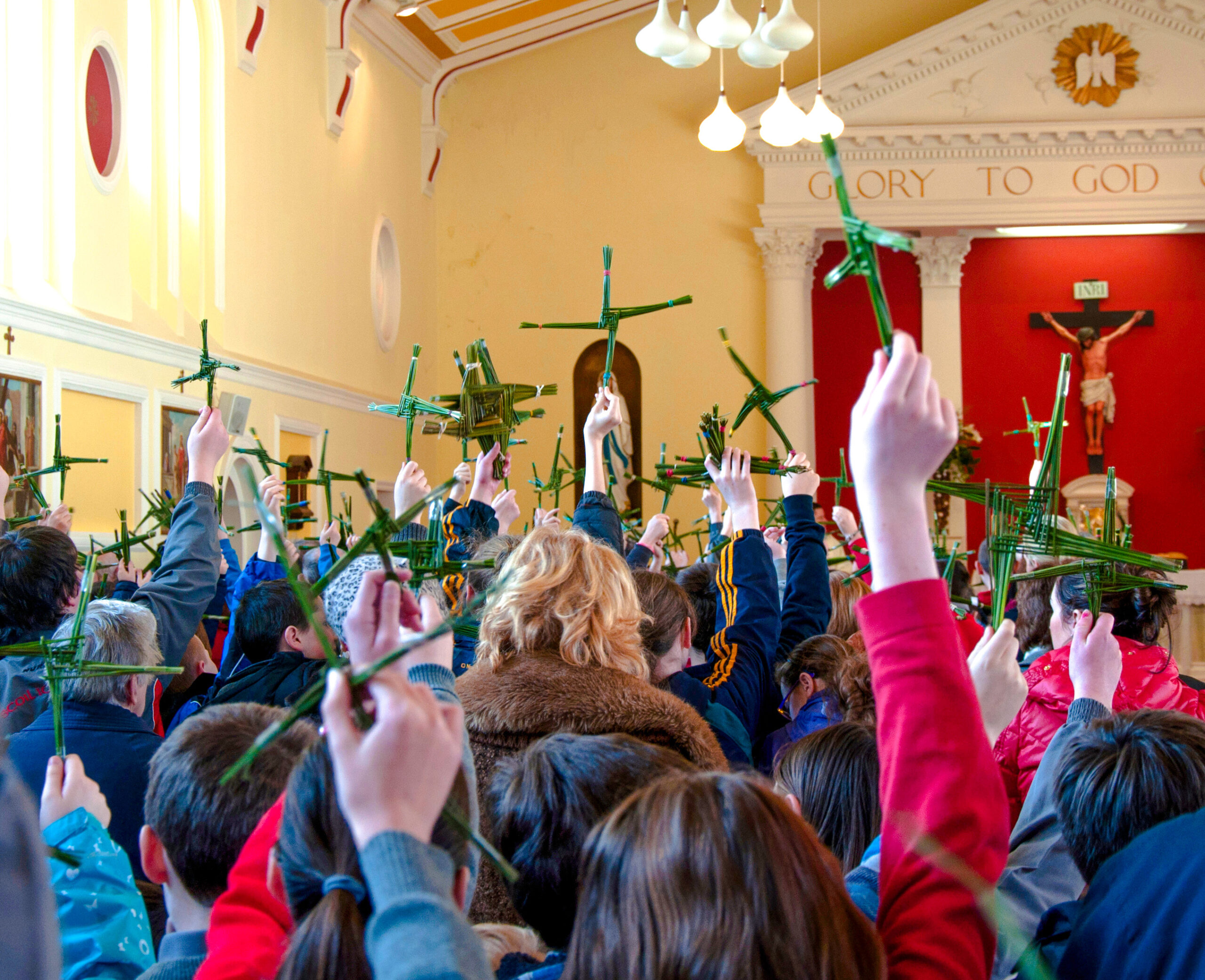
Customs and Signs
The Cross of St. Brigid
A cross made from rushes or straw. It is placed in homes to protect against evil and fire.
Other customs consist of:
- Cross-weaving in communities and schools
- Visiting sacred wells to receive health and blessings
- Celebrations and get-togethers to greet spring
- Candle lighting to mark the arrival of longer days
Modern Celebrations
Ireland’s first female-named public holiday, St. Brigid’s Day, has been in effect since 2023. Among the festivities are:
- Festivals in Killdare include concerts, art exhibits, and parades
- Events include storytelling and poetry readings
- Classes that teach the weaving of St. Brigid’s crosses
- Journeys to St. Brigid’s Cathedral and sacred wells
Did You Know?
- St. Brigid’s Day marks the start of spring in Ireland’s traditional calendar.
- The St. Brigid’s Cross usually has four arms, but some regions make three-armed versions.
- The day is connected to the ancient festival of Imbolc, over 1,500 years old.
- St. Brigid is the patron saint of poets, midwives, and dairy workers.
